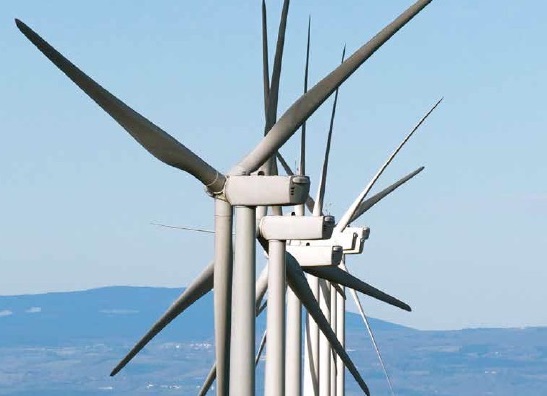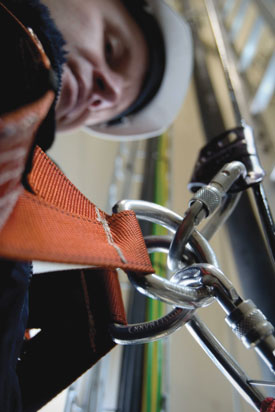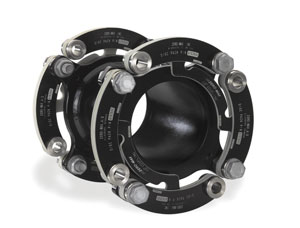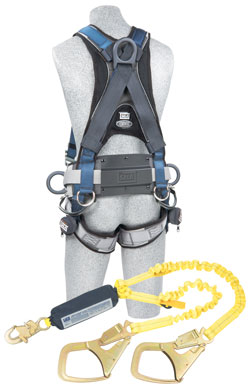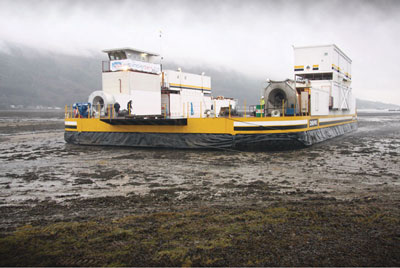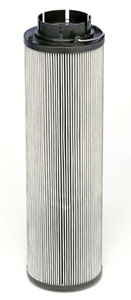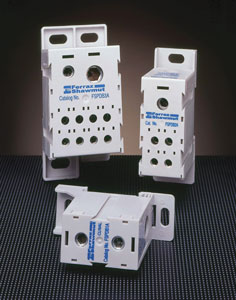Siemens intends to build a new production facility for wind turbines in the United States. Initially, 400 new jobs are expected to be created in the new wind turbine production facility in Hutchinson, Kansas. When production begins at this facility, Siemens will be able to even more effectively meet the strong demand for wind turbine equipment in North and South America in the future.
“The United States already is and will continue to be one of the world’s fastest growing wind energy markets. We are thus intensifying our commitment to this green technology to further expand our leading global position in this field,” says Peter Löscher, CEO of Siemens AG. “We are already the leading green infrastructure giant, and by making these investments we will become even greener.”
With revenues totaling EUR19 billion in fiscal year 2008, Siemens now has the world’s largest portfolio of environmental technologies. Construction of the 300,000 square-foot nacelle production facility is scheduled to begin in August 2009. The nacelles to be produced in Kansas will weigh 90 tons and the first nacelle is expected to be shipped in December 2010. All nacelles produced in Hutchinson will be used in the company’s reliable 2.3-MW wind turbine product family. Initially, the factory’s planned annual output is approximately 650 nacelles, or 1,500 megawatts (MW).
“Just two years ago we opened a rotor blade manufacturing facility in Fort Madison, Iowa. By expanding our investment in Kansas we are strengthening our presence in the U.S. and, at the same time, we are increasing the proximity to our U.S. customers. This new location will enable us to serve them more rapidly and cost-effectively,” says René Umlauft, CEO of Siemens Energy’s Renewable Energy Division.
Hutchinson is near the geographic center of the continental United States and offers a viable workforce and excellent transportation logistics. The factory will include direct loading onto rail, which will provide easy access to project locations throughout the U.S. and Canada. Shipments can also be made utilizing the barge facilities at the port of Catoosa, located 250 miles from the plant. Kansas also has excellent wind conditions. In terms of wind energy potential, this centrally located state ranks third in the U.S.
Since entering the wind industry in 2004, Siemens has greatly expanded its worldwide manufacturing network. In addition to opening and consequently expanding the wind turbine blade manufacturing facilities in Fort Madison, Iowa, and Engesvang, Denmark, the Danish facilities in Brande and Aalborg have been expanded, and a new R&D center in Boulder, Colorado, was established. Siemens’ global wind power business has grown from approximately 800 employees in 2004 to more than 5,500 today, which equals an increase of approximately 650 percent. To learn more visit www.siemens.com/energy.
















